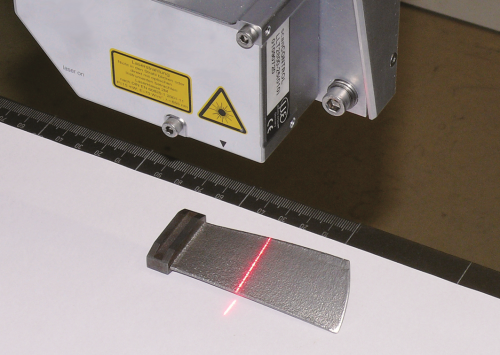
The LaCam3D program enables process developers and end-users to generate tool paths, even for complex LMD tasks that have non-standard welding strategies. The generated paths are translated into machine code, and can be tested for possible collisions via a machine simulation.
Laser material deposition (LMD) has reduced heat input and low levels of distortion when compared to conventional processes, Fraunhofer says. This, along with improved degree of process accuracy and the potential for automation, results in LMD becoming increasingly important for industrial applications such as an additive, repair or manufacturing process.
Making parts parts using LMD involves the CAD model of the part being split into horizontal, cross-sectional layers that correspond to the direction in which the part is to be built up. These are then filled out using equidistant tool paths or parallel paths projected onto the welding surface, according to the strategy that has been selected. To repair parts that have operational wear and tear, the actual geometry is first measured using a laser line scanner to generate a point cloud, from which a surface model is made using reverse engineering. The volume of the defect is discovered by determining the best fit between the actual geometry and the CAD model of the component, and is then built up using LMD.
LaCam3D can be used to enable the LMD sequence and welding direction of individual paths to be modified. Parameters such as laser power and velocity can be specified and tuned for each individual tool path. When designating tool paths to fill the various layers, the user can choose between equidistant paths and parallel paths that are projected onto the surface of the layer. The paths are planned so that enough oversize for the finishing process is taken into account. There is a specifically designed module available to help plan paths for turbine parts made using additive manufacturing. Due to its modular structure, the program can be complemented as necessary for various applications by further modules.
LaCam3D is also equipped with a simulation tool that can check in advance whether the planned LMD process will cause the laser processing head to collide with the part. The machine code is generated using an integrated postprocessor that supports a full range of different systems.




